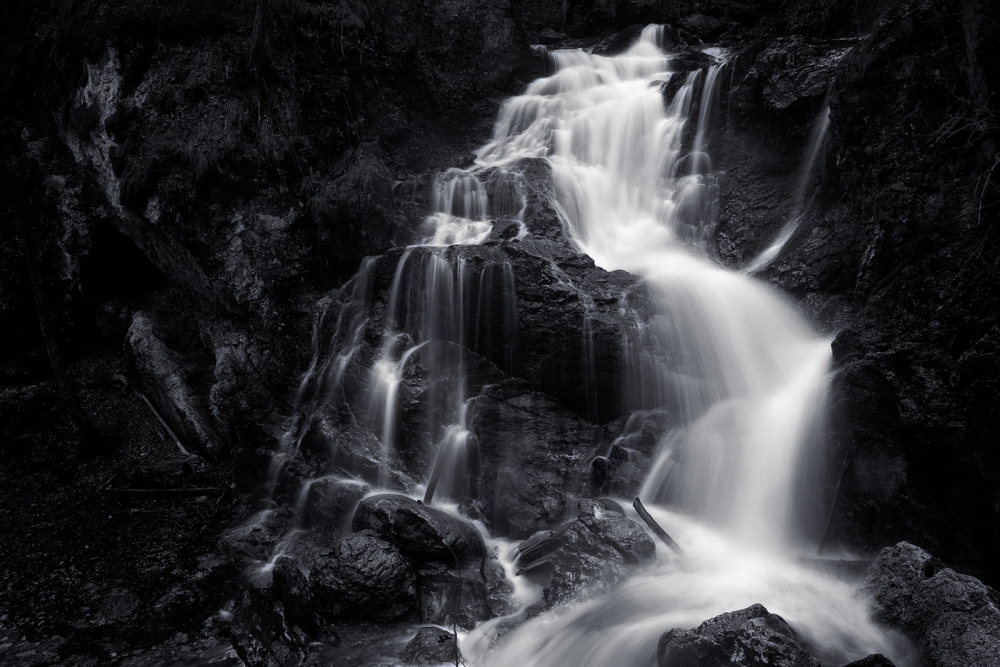1x Learning has proven very popular and we are very happy that so many are interested in improving their skills as photographers. To further encourage the spirit of learning, we give you a free tutorial from the exceptionally talented nature- and landscape photographer Norbert Maier, showing us how to photograph one of natures greatest wonders. Enjoy!

Sony 70 - 300 mm, Sigma 17 - 70 mm, f/8, 1/50 s, ISO 100, 17 mm.
CONTEXT
Most of the photography I am doing is about the beauty of nature. I just love to be outdoors and I do have some favorite locations around. And this particular waterfall is one of those. Despite it's beauty, this place is not very well known. So it is just fantastic to hang out there, because there's almost nobody else around.
I always take a lot of different shots when I am there. Because it is always totally different. The best time to go there is in spring after the thaw, simply because of the sheer amount of water. For a camera, I am using a Sony Alpha 700 and a Sony Alpha 580. I shoot with a tripod and a Grey filter and a Neutral Density Graduated Filter.
PROCESSING
Here comes the hard part. At first I open the image with photoshop camera raw. Here I do basic adjustments for contrast and brightness; Sharpness up to 150. No B&W Conversion here. I'll do the B&W conversion later in Nik Silver Efex Pro. It is really powerful tool.
I started with the basic adjustment of "Underexposure EV-1" because I prefer to work my way through from dark to light. The strongest tool in Silver Efex is the so-called U Point technology. It makes it possible to create precise selections without difficult tools, such as selections and layer masks. You just use control points to have control over the tonality, color, and detail of your images. Finally I toned the image in Photoshop to a slightly cooler appearance.
OUTCOME
I wanted the image look like a classic B&W with a convincing variety of tones. The B&W was important to illustrate the magical quality of this specific location. But most of all B&W was necessary to concentrate on the floating bright water. This was my most concern. In this particular case, color would have distracted from the composition and the strong values; the contrast between water (light/movement) and rocks (dark/immobility). Therefore I do think that the processing was increasing the overall qualitiy of this picture.
And the viewers comments has expressly underlined this fact.
HINTS
- Of course you first need to use a tripod.
- And in most of all cases you need to use grey filters for longer exposures.- And it really helps to make quite a few different shots with different exposures. Later on you'll pick the one where you think the water is perfect for you.BIOGRAPHY
Norbert Maier is an illustrator, graphic designer and animation artist from Munich/Germany.
He loves to outdoors as often as possible and photograph the wonders of nature. He has an interest in other fields of photography as well, but it's nature and wildlife photography that are his biggest passions.








